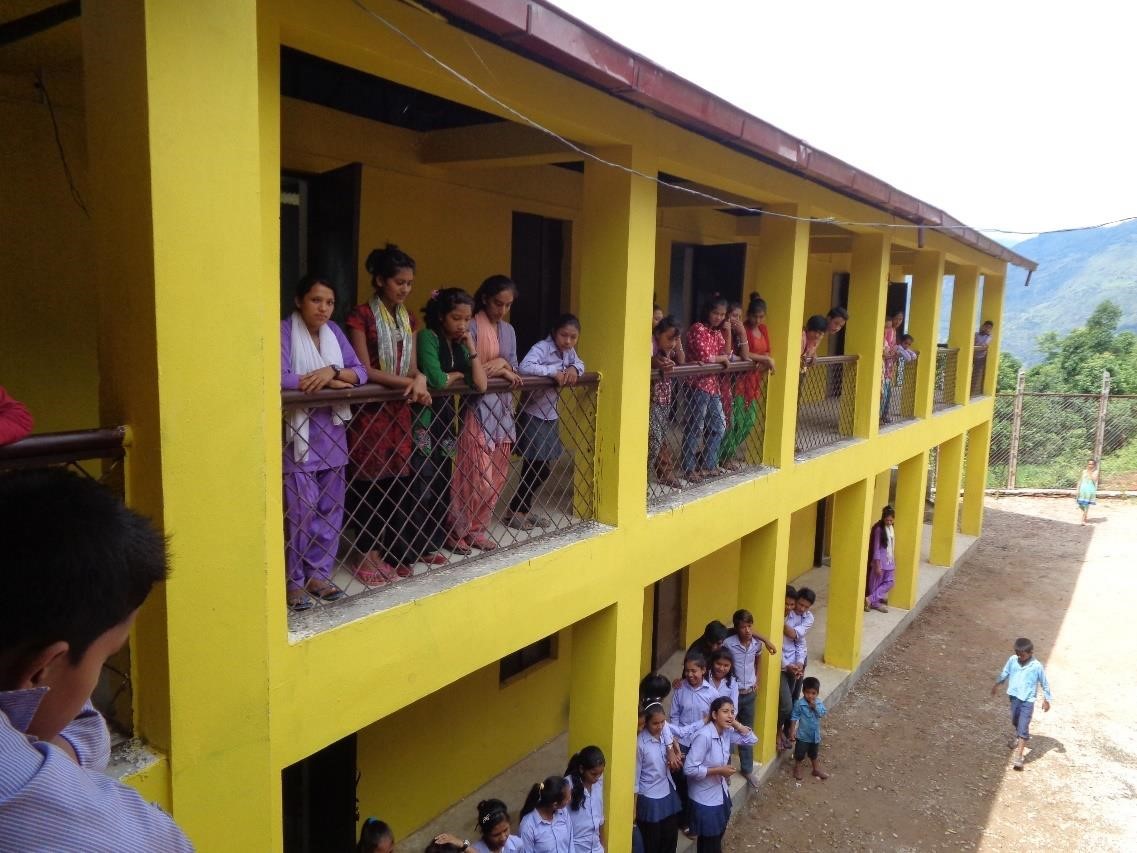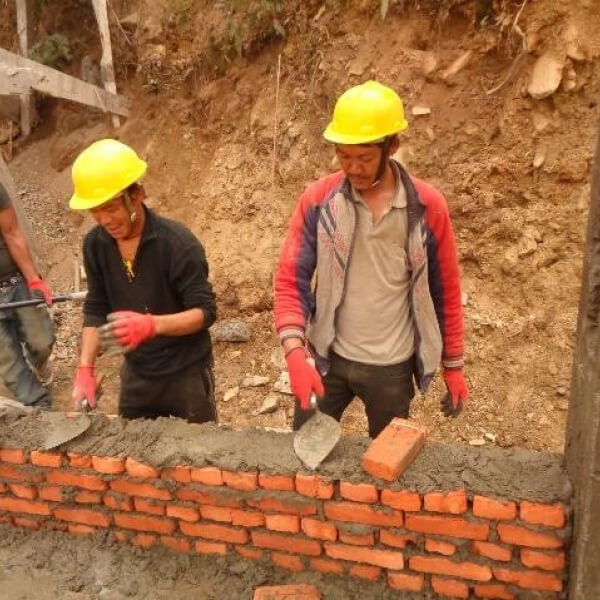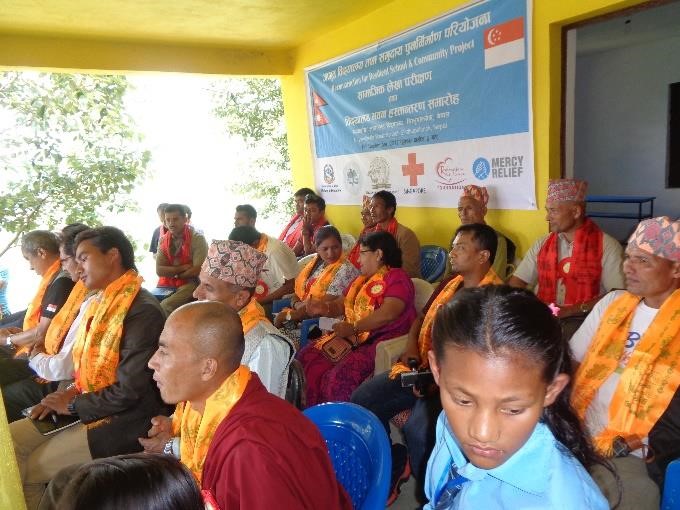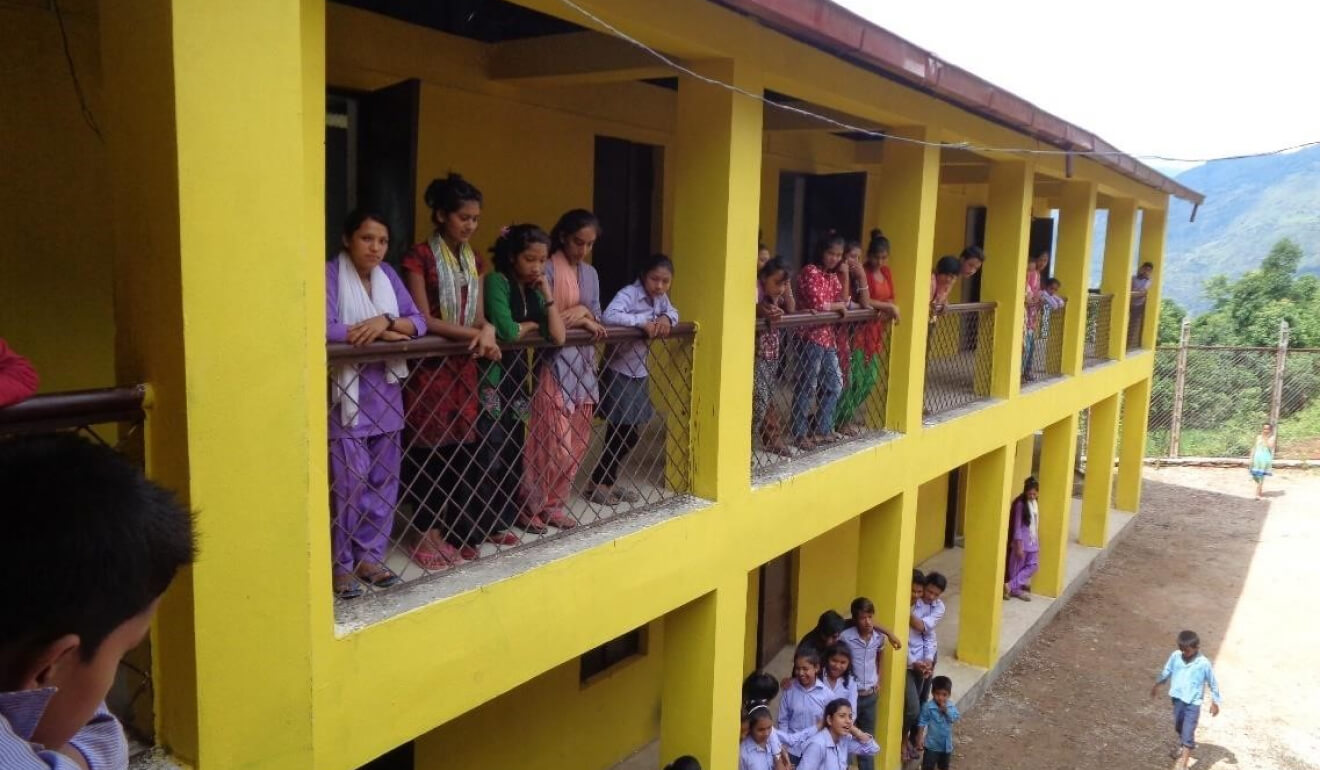Introduction
Lakasa Nepal (LN) implemented "Reconstruction for Resilient School & Community" (RRSC) Project with the support of Mercy Relief, Singapore, Singapore Red Cross and Nepali Society of Singapore from November 2016 to July 2017. Focusing disaster readiness as its core goal, the project targeted school and local community furthering its potential to impact the whole community. RRSC's three areas: Safer school, Community Capacity & Awareness Building, and Community Awareness for DRR was designed to build back community with essential knowledge and skills for preparedness and safer future against the disaster.
One of the core areas of intervention was the masonry trainings that help the local masons to acquire marketable building skills that can help the community to build their damaged houses even more sustainably.






